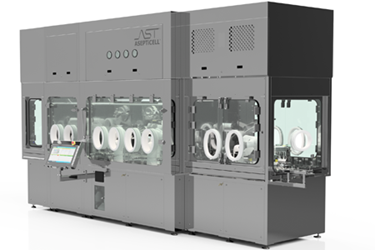Robotics, Isolators & Restricted Access Barrier Systems (RABS)
By Josh Russell

The Parenteral Drug Association (PDA) describes an Aseptic Process as, “The process for manufacturing sterile products by which microbiological contamination is eliminated from the product and product contact surfaces protecting the product from sources of contamination” (PDA Technical Report No. 44, 2008). The challenge for pharmaceutical drug manufacturers is to ensure that the products they manufacture are made in a manner that precludes microbiological contamination. This is especially important for injectable or parenteral drugs, which are the products having the highest risk, because the injection bypasses all barriers nature has provided for the patient. One of the greatest sources of contamination risks are human borne contamination from operators in and around aseptic production. Therefore, to isolator the human contamination using aseptic barrier systems and eliminating the need for aseptic intervention is paramount.
Advanced Aseptic Processing (AAP) is the utilization of automated technologies such as robotics and physical barriers in order to eliminate operator intervention with the process, open product containers, and exposed product contact surfaces. The key to AAP operation is maintaining absolute control of contamination sources through physical and aerodynamic means against contaminant migration into the sterile environment.
Get unlimited access to:
Enter your credentials below to log in. Not yet a member of Pharmaceutical Online? Subscribe today.
